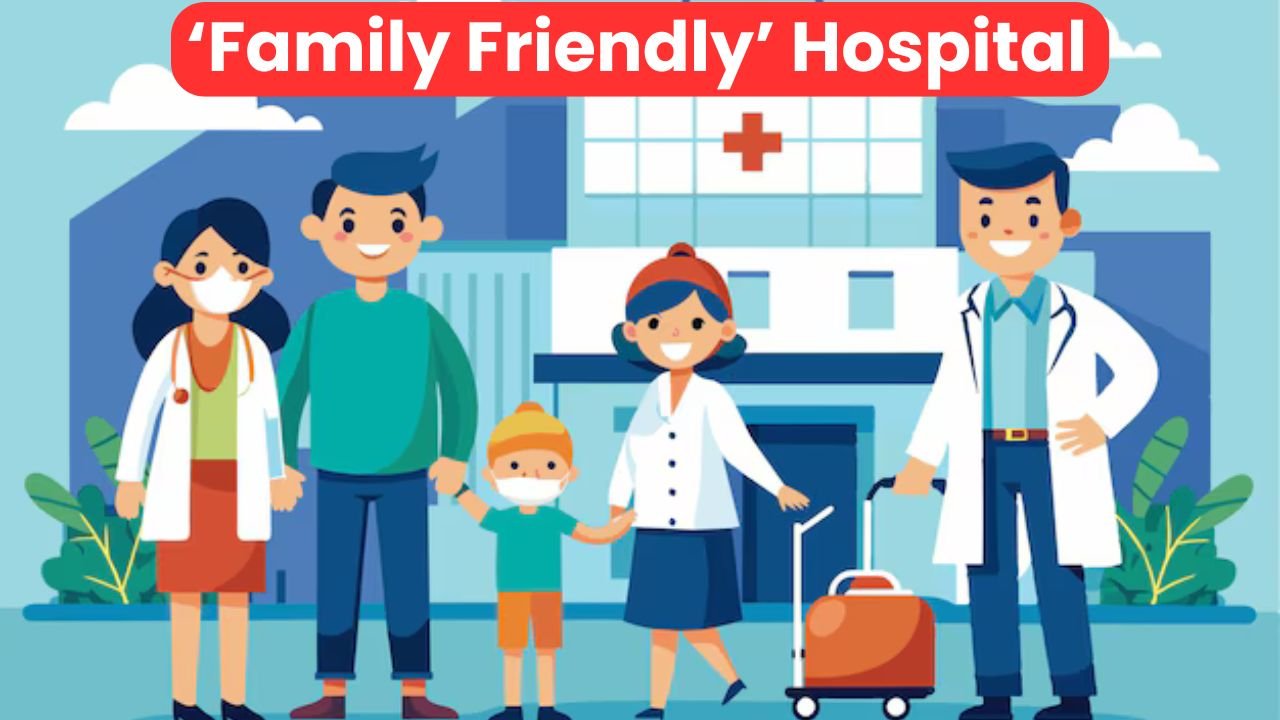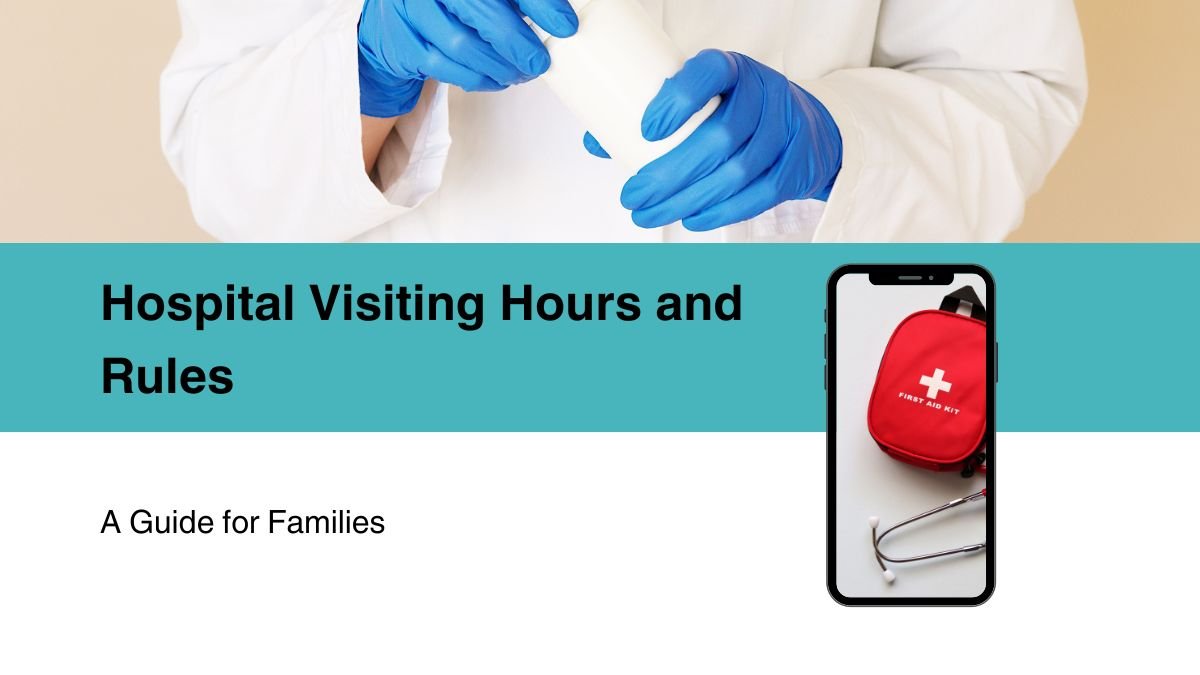Important aspects of making a hospital ‘family friendly’
Hospitals often have a serious, quiet and strict atmosphere. But if this atmosphere becomes a little human, warm and friendly to children and their families, then the recovery process of patients can be even better.
1. An atmosphere that is welcoming and comfortable
The cold white walls and formal furniture of hospitals can scare people, especially children. To reduce this fear:
- Colorful paintings or children’s favorite cartoon characters should be put on the walls.
- Use soft, eye-soothing lighting.
- In the waiting area, there should be comfortable chairs, playground equipment, and books for the children.
For example, hospitals with walls painted to look like jungle or sea themes give children a sense of relaxation and comfort during treatment.
2. Providing a comfortable and quiet environment
Noise can interfere with children’s sleep and rest. To avoid this problem:
- Noise-proof floor and ceiling tiles should be installed.
- It would be better to use text messages or digital displays instead of announcements.
Benefit: When children live in a quiet environment, they are treated better. They are less irritable and sleep well.
3. Increasing the participation of family and children in treatment
In shared decision making, the doctor, children and parents take decisions related to treatment together.
- The doctor explains the disease and treatment options in simple words.
- Children are also allowed to choose small things like the taste of the medicine or the color of the plaster.
Benefit: This makes children feel responsible and cooperate more in treatment.
4. Making communication simple and sensitive
Communication is often affected in the crowded hospital. To improve this situation:
- Staff should talk with empathy.
- Provide treatment information in simple language and allow open questions.
Example: A communication plan can ensure when, what and how information should be given to the patient or their family.
5. Take help from child life experts
- These experts especially understand the mental and emotional needs of children.
- They explain the treatment to children in a playful way.
- They help children overcome fear, stress or anxiety.
Benefit: Treatment becomes easier for children and they do not find the hospital experience scary.
6. Allow them to bring home things
Children feel lonely and homesick in the hospital. Therefore:
- Allow them to bring their favorite toys, books or pillows.
- For older children, there should be access to phones, laptops and gaming devices.
Example: Many hospitals have TVs, gaming systems and charging points in every room so that children do not get bored.
7. Facilities for parents and family too
The hospital experience is not just for the patient, but also for their family members. In such a case:
- Sofa-beds or comfortable chairs should be available to stay.
- Wi-Fi, water, tea-coffee facilities should be available in the waiting area.
- Parents lounge or rest area can be arranged.
Advantage: When parents feel comfortable, they are able to take better care of the child.
Conclusion:
Expecting a family-centered hospital just to treat would go against its philosophy. Its social, mental, and emotional support extend to the ambience utilities in which both sick and family members begin to feel at home.
Minor adjustments could significantly enhance a child’s hospital experience; hence minimizing fear and fostering support. Whether it is the colors on the walls, sensitivity in communication or play facilities – every little thing can make the treatment easy and memorable.









